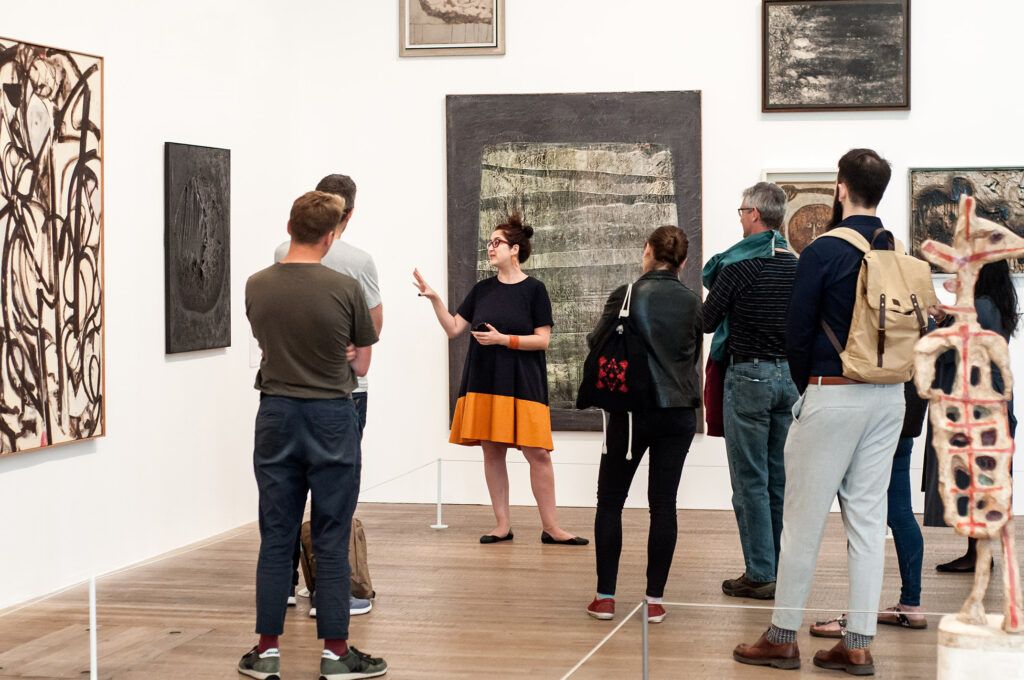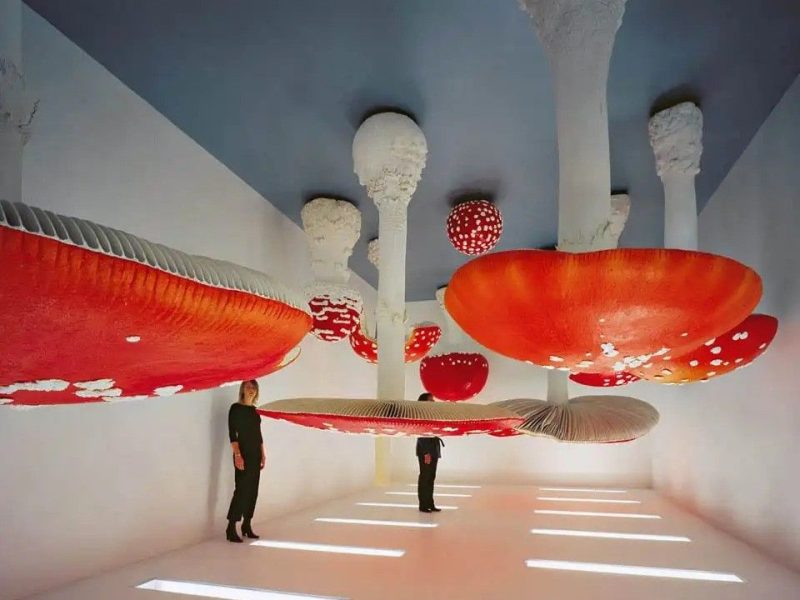In the world of modern art, curators play a crucial role in shaping the exhibitions that we see in galleries and museums. These individuals are responsible for selecting, organizing, and presenting artworks in a way that tells a compelling story and engages the audience. Curators are not just art enthusiasts – they are experts in their field who bring a unique perspective to the curation process.
The Curatorial Process
Curators begin the process of organizing an exhibition by conducting in-depth research on the artist, art movement, or theme that they want to explore. This research helps them to develop a clear vision for the exhibition and to identify which artworks will best convey that vision. Curators often work closely with artists, collectors, and other experts to gather the necessary artworks and information.
Once the artworks have been selected, curators must determine how they will be arranged in the exhibition space. This involves considering factors such as the size and scale of the artworks, the lighting and color schemes of the space, and the flow of movement through the exhibition. Curators must also write exhibition labels and texts that provide context for the artworks and help the audience to understand the curator’s vision.
The Role of Curators in the Art Market
Curators also play a significant role in the art market. By selecting and showcasing certain artists and artworks, curators can have a direct impact on the value and visibility of those works. Artists who are featured in prestigious exhibitions curated by well-known curators often see an increase in sales and critical acclaim.
Curators can also help to shape the careers of emerging artists by giving them opportunities to exhibit their work and connect with collectors and other art world professionals. Curators who have a strong reputation for discovering new talent can help to launch the careers of artists who might otherwise struggle to gain recognition.
The Importance of Diversity in Curation
One of the key responsibilities of curators is to promote diversity and inclusivity in the art world. By showcasing the work of artists from diverse backgrounds and perspectives, curators help to challenge traditional notions of what art is and who can be an artist. Curators who prioritize diversity in their exhibitions can help to create a more inclusive and representative art world that reflects the richness and complexity of society.
Curators also have a responsibility to address issues of colonialism, imperialism, and cultural appropriation in the art world. By critically examining the history of art and challenging dominant narratives, curators can help to create a more socially conscious and ethically responsible art world.
The Future of Curatorial Practice
As technology continues to evolve, so too does the practice of curation. Curators are increasingly using digital tools and platforms to connect with audiences, share information about exhibitions, and create immersive experiences. Virtual reality, augmented reality, and other new technologies are allowing curators to engage with audiences in innovative ways and reach new audiences around the world.
Despite these changes, the core principles of curatorial practice remain the same. Curators must still have a deep knowledge of art history, a critical eye for selecting and arranging artworks, and a passion for sharing the stories behind the art. The best curators are those who can adapt to new technologies and trends while staying true to the fundamental principles of their profession.
Conclusion
Curators play a vital role in shaping the exhibitions that we see in galleries and museums. These individuals are not just art enthusiasts – they are experts in their field who bring a unique perspective to the curation process. By promoting diversity, challenging dominant narratives, and embracing new technologies, curators are helping to create a more inclusive, socially conscious, and engaging art world for all to enjoy.


